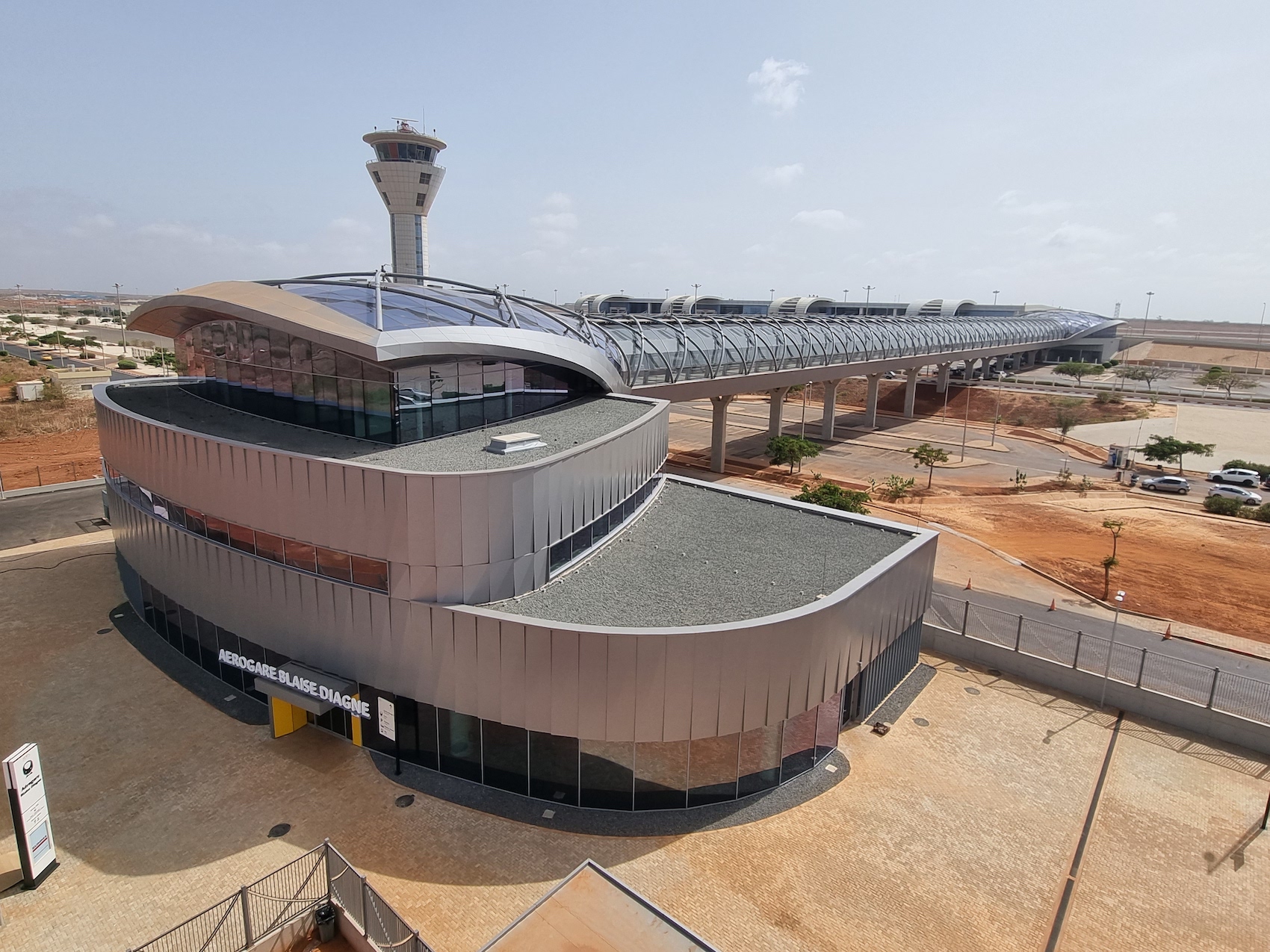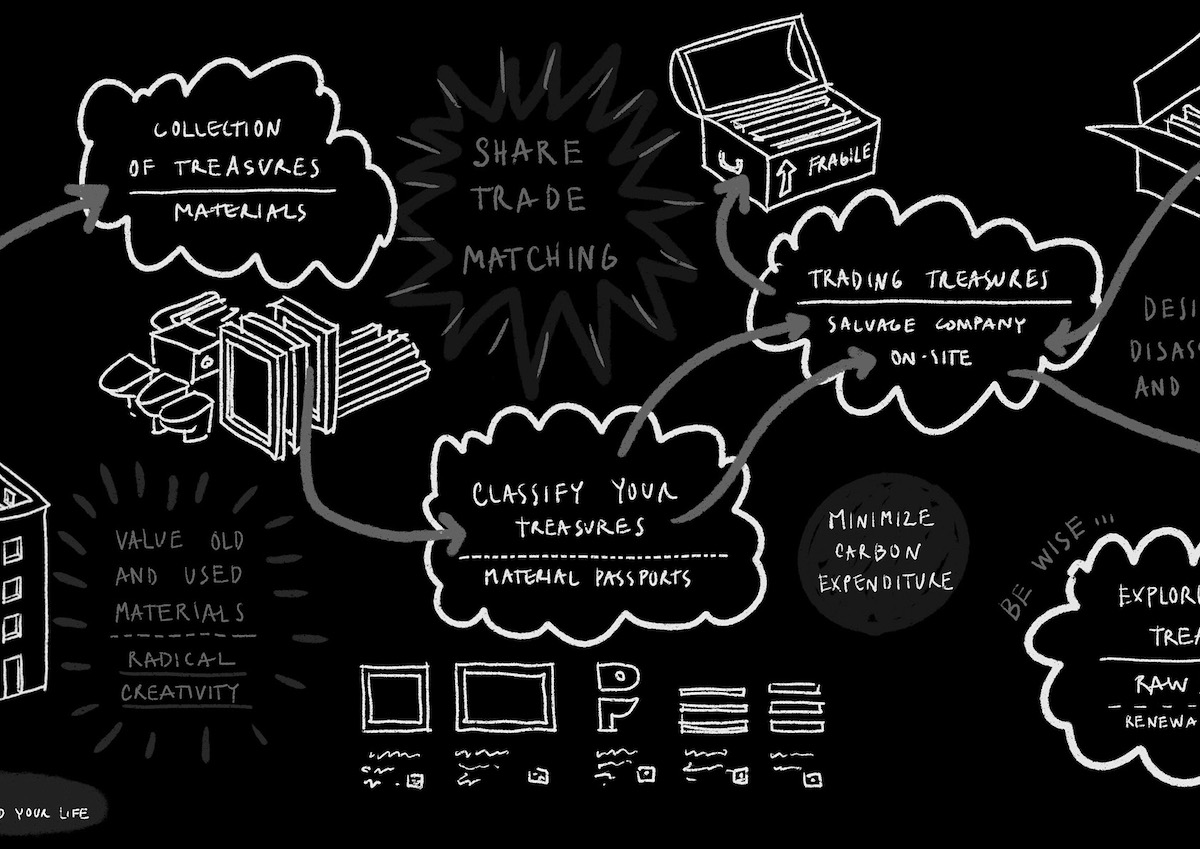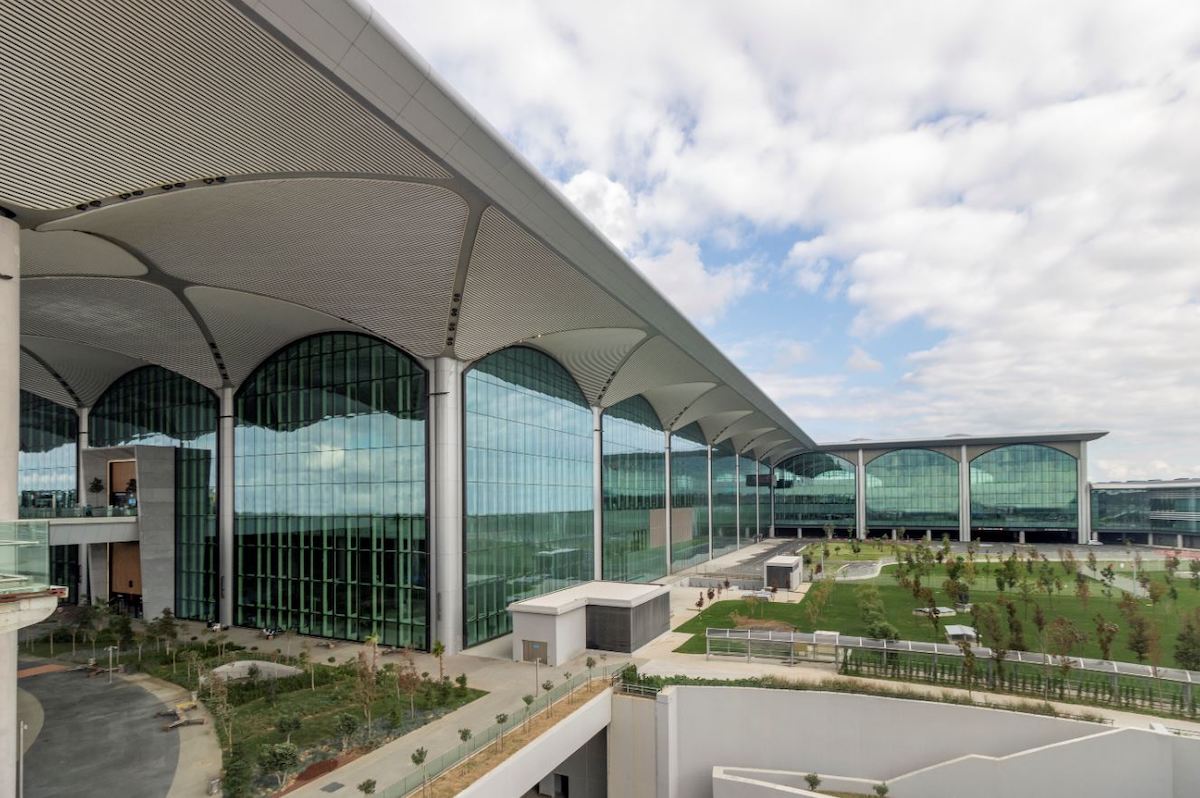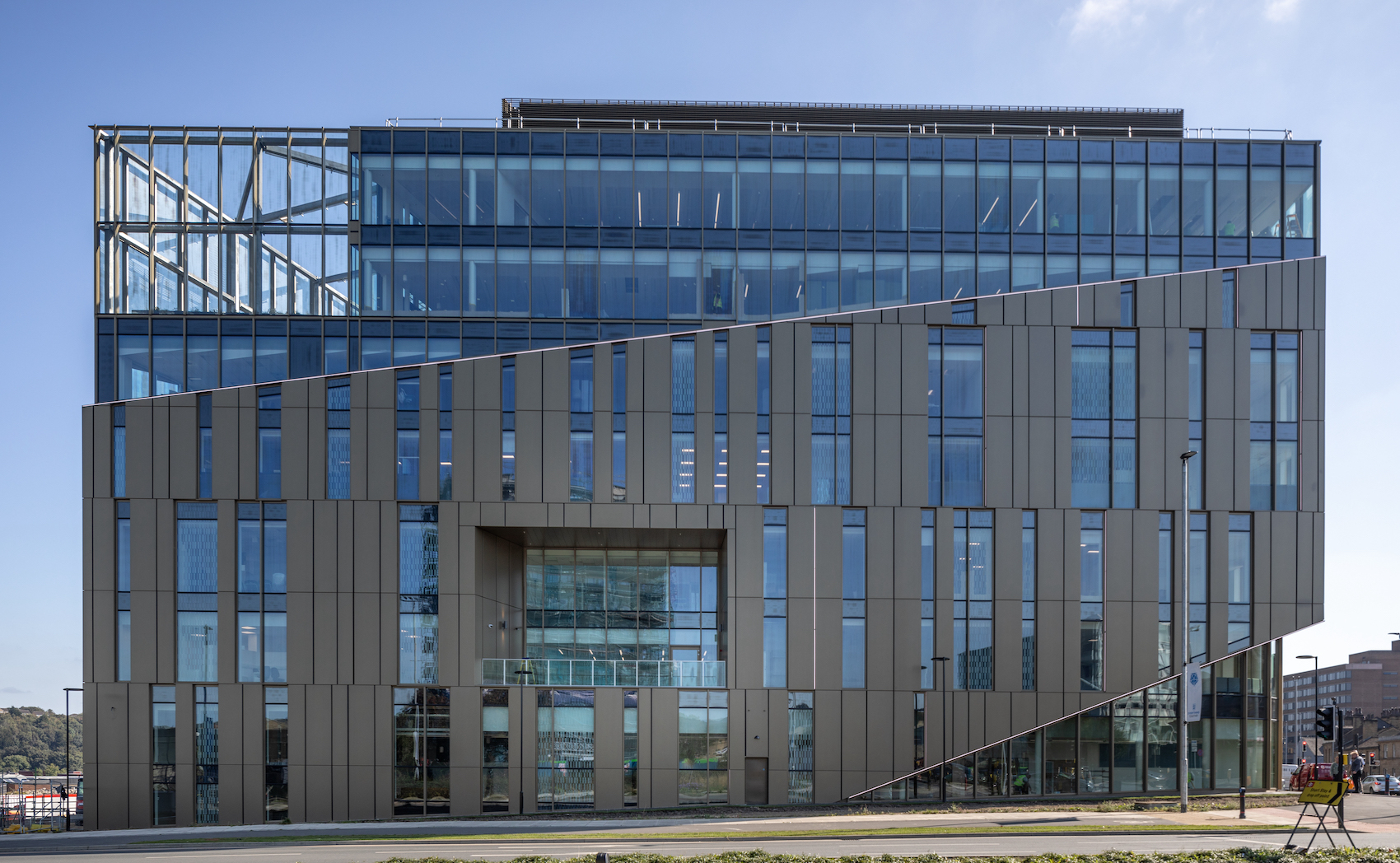Matteo Dall’Ombra, VRV Specialist at Daikin, explains how the right mini-VRV system can help architects achieve their objectives.
In association with![]()
Specifying the correct climate control system and integrating it into a building’s design can be a challenge, especially for smaller buildings. This is due to the need to balance various considerations, including system performance, minimising noise levels, planning restrictions, energy-efficiency and embodied carbon emissions.
On residential and smaller commercial projects, such as offices and boutique hotels, exterior space is often at a premium and line-of-sight issues may further restrict where the climate control outdoor units can be placed. For these buildings, compact ‘mini-VRV’ systems, such as the Daikin VRV 5 S-series, can provide the solution. These low profile, single-fan units have a height of just 869mm and a width of 1100mm. This allows the units to be installed in a range of locations, including beneath windows, concealed on balconies, or behind low walls and roof parapets to hide the system from view – helping to solve line-of-sight planning requirements. The units can also be painted in a specific colour or pattern, or covered in a vinyl wrap matching the background to camouflage the unit.
As with any building services plant, the placement of the unit also has to take into consideration the noise produced and the impact on the occupants of the building. It is valuable to look for a system, such as the Daikin VRV 5 S-series, with a low-noise mode. This reduces the noise by limiting the maximum fan and compressor speed. It does reduce the power of the unit slightly, so it is often employed at night when demand is lower to minimise disturbance. Working closely with the manufacturer will help ensure the required heating and cooling performance is achieved, as well as the sound levels. Specially designed sound-insulating enclosures can also be fitted where further reductions are required.
Undoubtedly one of the most important issues now is sustainability, both in terms of operational carbon emissions from energy usage and the embodied emissions associated with the materials, manufacturing and installation of the system. In addition, a growing number of projects are seeking to achieve green building certifications, such as BREEAM and LEED.
Energy usage is not only a key environmental issue but also an area that receives a relatively heavy weighting in assessments such as BREEAM. It is therefore essential to select a climate control system that has been engineered for energy efficiency. For example, the VRV 5 S-series features Daikin’s Variable Refrigerant Temperature (VRT) technology, which adjusts the amount of refrigerant flowing through the system and alters the evaporating and condensing temperatures to match demand, meaning significantly less energy is required. The VRV 5 S-series also includes a unique three-row heat exchanger and innovative swing compressor, both of which help to achieve excellent seasonal efficiencies.
A further consideration, and one that impacts green building assessments, is embodied carbon. It is estimated that building services can account for as much as much as 15 per cent of a commercial building’s embodied carbon. For climate control systems specifically, the refrigerant used can make a significant difference to the level of embodied emissions. The fluorinated gases (F-gases) used as refrigerants have a global warming potential (GWP) much higher than that of carbon dioxide. While the leakage of refrigerant is minimised in modern systems, any release of the gas into the atmosphere is harmful. This is because F-gases are much more effective at trapping heat in the atmosphere and once released can remain there for centuries. Therefore, selecting a system that utilises a lower GWP refrigerant will help minimise the potential environmental impact of the building, and by extension help to achieve green certifications.
For example, the VRV 5 S-series has been designed around the R-32 refrigerant. R-32 has a GWP that is one-third that of the previous generation refrigerant and is also more energy efficient, allowing a lower total system charge. This significantly lowers the embodied emissions of the system. R-32 is also easy to reclaim and recycle as it is a single component refrigerant.
The TM65 methodology, published by the Chartered Institution of Building Services Engineers (CIBSE) provides a way to assess the embodied carbon associated with building services. When selecting a climate control system, it is worth considering if the manufacturer can provide the environmental data required to make an accurate assessment. This is something that Daikin has invested in to help our clients.
Selecting a climate control solution requires many different factors to be balanced, with some of the most important relating to sustainability and embodied carbon. Mini-VRV systems, such as the Daikin VRV 5 S-series, can provide the answer to these issues.
Contact Details
To find out more about Daikin’s range of VRV climate control systems visit: www.daikin.co.uk



















